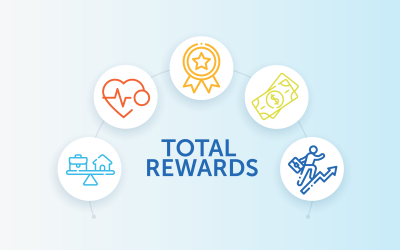No matter how smoothly the hiring process goes or how perfect a fit the new employee seems on paper, things don’t always work out. Some employees soar, and some never seem to find their footing.
Wouldn’t it be great to understand why some succeed and others struggle?
It might seem like an impossible task. Even if you’ve got mountains of data, it could take months to sift through it, not to mention analyze all of it. And you’d still be behind the game.
The clear cut solution is predictive workforce analytics. Luckily, these tools are built into many of today’s workforce analytics platforms. A predictive profiling tool can automatically segment your employees into natural clusters based on what they have in common. Once you have this information in hand, you can act quickly to re-engage employees.
Let’s look at a few examples of how predictive workforce analytics can positively affect your organization.
Employee engagement
After you receive the results of your employee engagement survey, you will likely set up focus groups and go through months of interviews in order to determine root causes where engagement scores rank lower than desired.
Or, you could turn to your predictive workforce analytics tools. Using the survey results, it can quickly identify common demographic characteristics of groups that are engaged and disengaged. You’ll immediately see what’s common across these distinct groups, and you can begin closing the gaps much sooner. As we like to say, “Speed to action pays dividends.”
High performers
Some people instinctively excel over others. Or do they? By using performance scores and ratings as a basis for segmentation, your predictive workforce analytics tools can identify relationships and patterns that differentiate your top performers from your middle and bottom performers. The sooner you can see the differences, the sooner you can institute change programs to develop or replace the bottom performers.
Regrettable loss
Turnover is natural, and some turnover is beneficial – but not if you’re losing key people out of the blue. What factors might place some of your top performers at risk of leaving over others?
Profiling your top performers can shed light on who is thinking about leaving, thus allowing you to take action now and (hopefully) keep them on board. The profiles and common demographics between those who leave and those who dedicate themselves wholeheartedly to your success will tell you exactly what you need to change so you can reduce regrettable loss.
The power of your workforce data is right at your fingertips. By using predictive workforce analytics, you will quickly reap the benefits of being proactive and learn to anticipate disruptions and harness opportunities to minimize loss and maximize gains.




